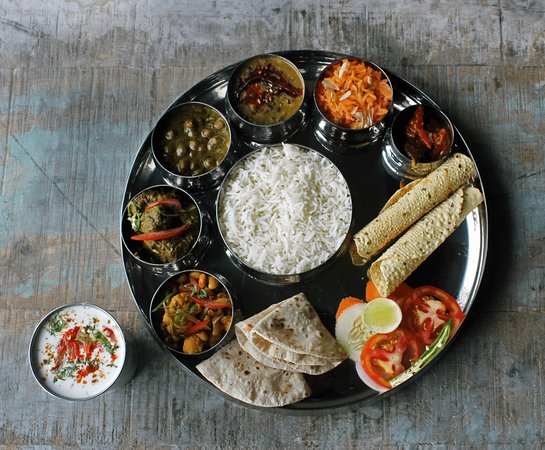Dim Sum (Full)





Description
Dim Sum, which translates to "touch the heart" in Cantonese, is a cherished culinary tradition that originated in the tea houses of Southern China. It is not just a meal but a social experience, often enjoyed with family and friends over leisurely weekend brunches.
The heart of Dim Sum lies in its diverse selection of bite-sized dishes, each meticulously crafted to delight the senses. Steamed dumplings, such as siu mai and har gow, feature delicate wrappers filled with savory fillings like pork, shrimp, and vegetables. Baked and fried options, such as char siu bao and spring rolls, offer crispy exteriors and flavorful fillings.
Dim Sum is typically served in bamboo steamers or on small plates, allowing diners to sample a variety of dishes in a single sitting. It is accompanied by an array of dipping sauces, including soy sauce, chili oil, and sweet and sour sauce, to enhance the flavors of each bite.
The tradition of Dim Sum extends beyond the culinary realm, encompassing cultural customs and etiquette. Dishes are often shared communally, symbolizing unity and abundance. Tea, an integral part of the experience, is continuously poured to cleanse the palate and facilitate digestion.
Dim Sum has evolved over centuries, adapting to regional preferences and culinary innovations while remaining true to its roots. Today, it is enjoyed not only in traditional tea houses but also in upscale restaurants and dim sum parlors around the world, captivating food lovers with its endless variety and irresistible charm.








